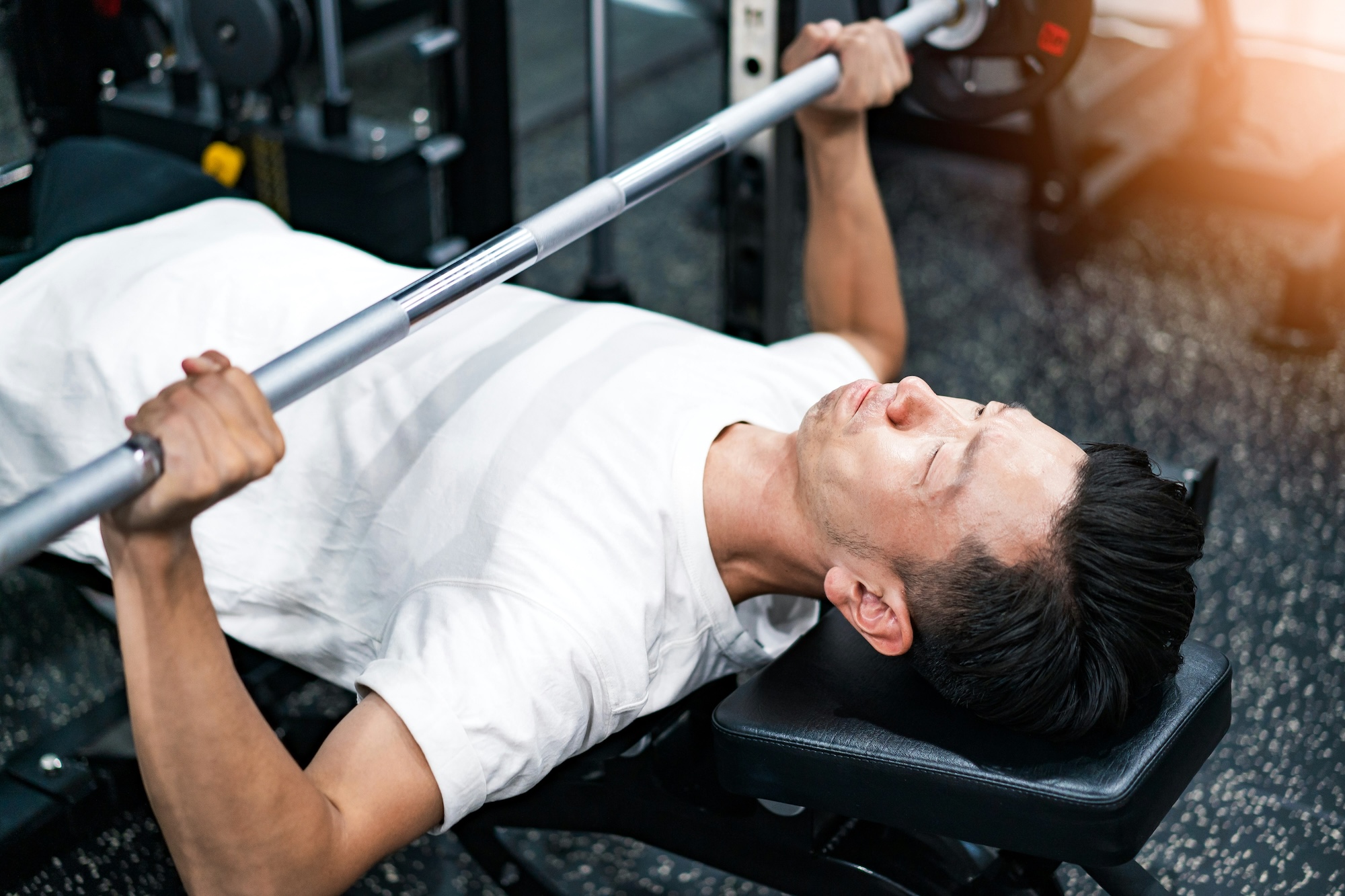Burning calories from doing little everyday activities is called non-exercise activity thermogenesis
Photo by Ketut Subiyanto/Pexels
When people think of exercise, they associate it with sports. However, an inactive person or someone who sits at home all day would jokingly call any activity exercise. And they’re not wrong.
Any physical activity that requires effort can be considered exercise. It doesn’t necessarily have the same results as actual sports or workouts would but to those who have spent most of their lives lazing around, it’s a start.
1. Walking
Walking to commute may not seem like much, but a brisk walk going to school or work every day can mean a lot for an inactive person. Just a simple 20-minute walk can make a difference for someone who isn’t used to a lot of activities. Consider your everyday travel, and maybe you can allot a few more minutes of your time to skip that tricycle or jeep and walk the extra distance. What’s more is that a 2014 study in the Journal of Experimental Psychology, Learning, Memory, and Cognition found that walking can help promote creative thinking.
2. Stair climbing
Taking the stairs has been proven to be an effective exercise. There’s a reason why a part of some people’s workout is going up and down the stairs. The fact that it doesn’t seem like much means that these little steps add up to bigger gains. There’s also the added effect of improving your leg tone if you do it seriously.
A 2014 study in the Journal of Experimental Psychology, Learning, Memory, and Cognition found that walking can help promote creative thinking
3. House cleaning
Household chores involve a lot of movement and work. Things like vacuuming and cleaning your windows can be tiring on the body, but a few hours of chores can hold their own in burning calories. It can, apparently, burn as much as 150 calories.
4. Shopping
Whether it’s grocery or clothes shopping, it’s hard to deny that spending can feel like an exercise in itself. Pushing around a cart or going through different shops can burn 130 calories in 30 minutes.
While these activities don’t have the same effect as a full-on workout, it helps to, at least, incorporate some physical activity into our daily lives. However, they should not be used in place of actual workouts. For those who are so used to being inactive, these can be small steps to get a person moving.












































